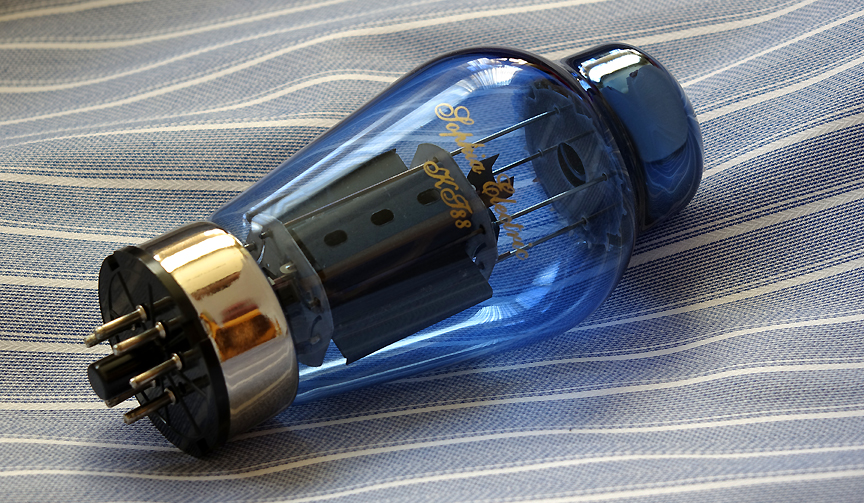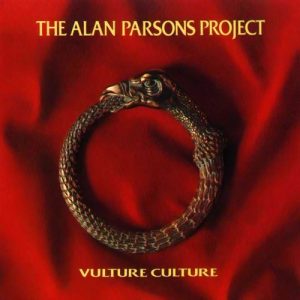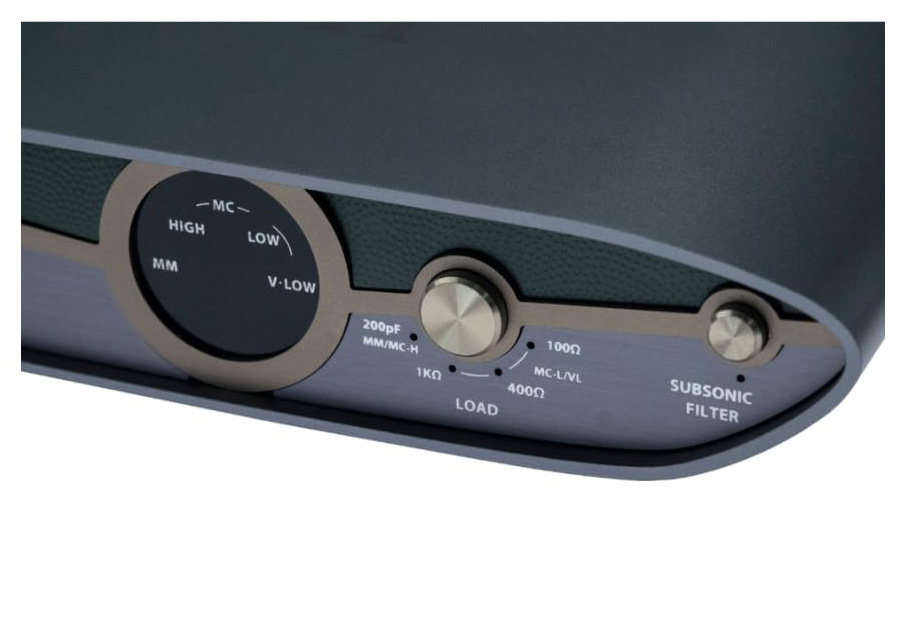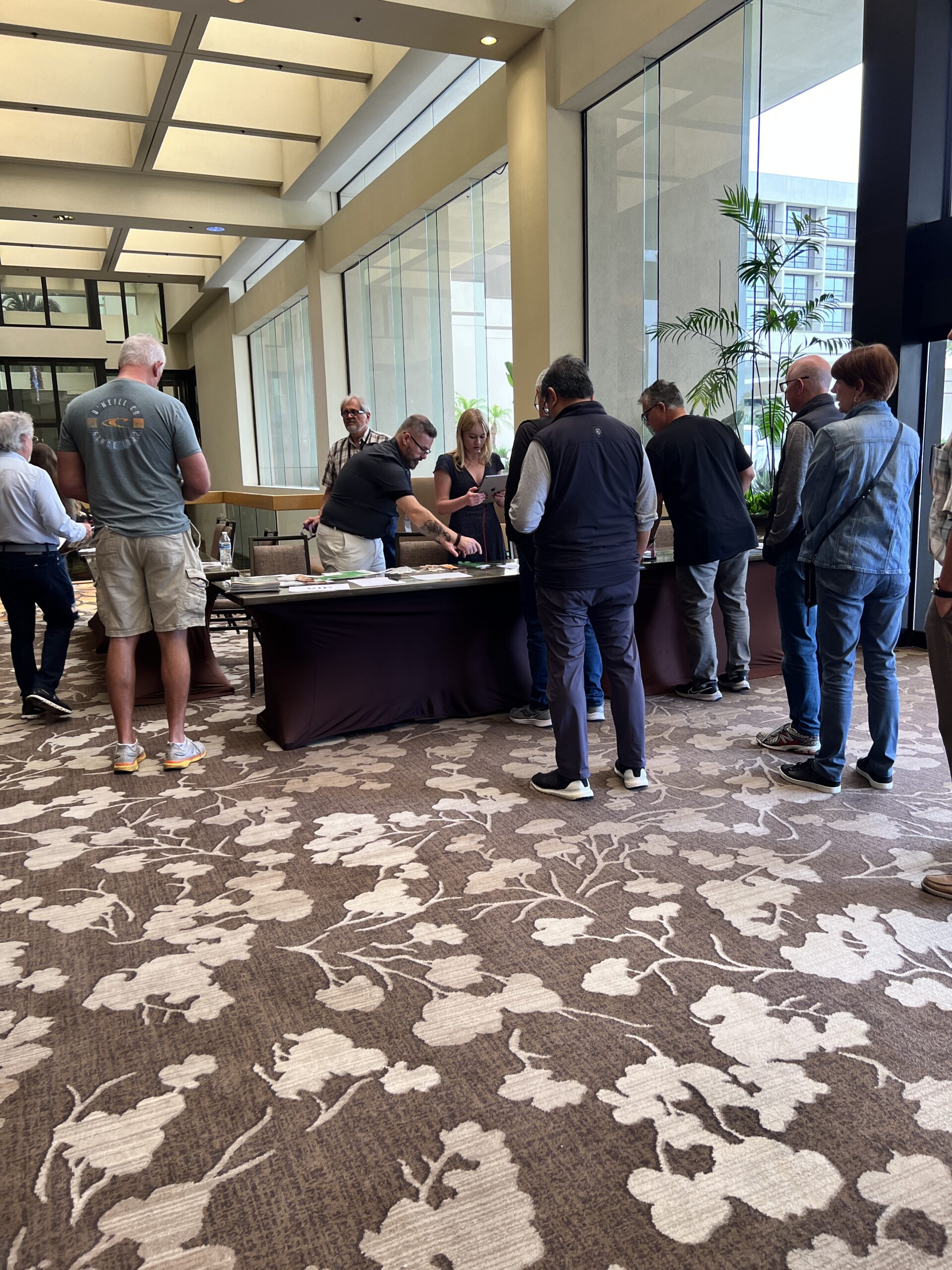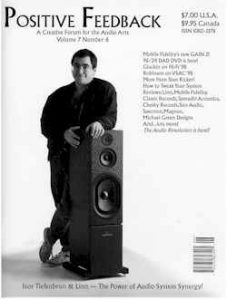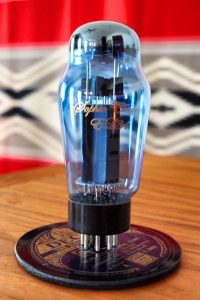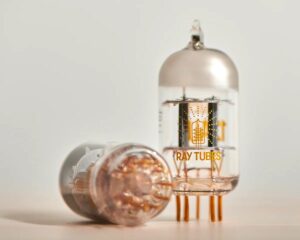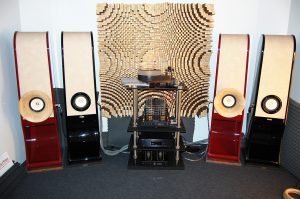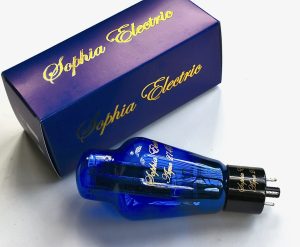Since the modification to my solid-state Reference Marantz integrated amplifier more than a few years ago, my tube amplifiers have been gathering dust. My modified PM15S1 has been getting the lion's share of the musical stage at my house. But a recent upgrade of my Margules U280SC to 25th Anniversary Edition has changed all that. You can also throw in my long time stalwarts, the Antique Sound Labs MGSPM25DT mono block amplifiers in the mix. Lately these tube amps have been burning the midnight oil in my system so to speak, leaving the Marantz to preamplifier duties. The Marantz also fills this spot quite well. Both of my tube amplifiers are designed with the venerable KT88 power tube. The U280SC being a push pull design and the ASL single ended. I really like the sound of the KT88 tube (and as you will see, the Sophia Electric KT88-ST). For the most part the brands I use are the garden variety Electro-Harmonix and J&J. These of course are new brands from existing companies that manufacture new tubes. The thought of buying New Old Stock KT88 tubes for either of my tube amplifiers never really crossed my mind. Well it did but the cost, reliability issues, and reputation (and attitude) of some sellers has often prevented me from doing so. I do though own a small stash of NOS signal tubes. For the most part, I have never had reliability issues with NOS or new tubes for that matter. I know what you are thinking, why should I if I don't really play my amps? Believe me, I have logged many a tube amp hours with both of these amps.
But why should one buy New Old Stock tubes. Are they better than new production ones. Well just like my brothers classic "56 Chevy was built like a tank with good old Detroit USA iron, so too were the old tubes. The quality of the wire, the thickness of the cathodes, higher quality plate coatings (that were not as environmentally friendly as the process today) and the actual vacuum process are just a few reasons why old tubes were superior to today's tubes. But the real reason is the tone. Most tube aficionados will tell you vacuum tubes made today just don't have the tone compared to NOS. It has also been mentioned that NOS tubes are more reliable and exhibit a quieter noise floor—with the sturdier built microphonics this should be kept to a minimum. And NOS tubes are said to have extremely long life. Build quality again.
The plain fact is that someday NOS tube stocks will be depleted. There will only be new production tubes. Fortunately for tube lovers there are current tube manufacturers with forward thinking engineers and the production facilities to meet the quality tube challenge. Or should I say NOS tube challenge. For instance New Sensor Corporation which manufactures reproductions of classic NOS tubes like Mullard and Gold Lion and Tung-Sol as well as their regular stock. There is the Telefunken revival headed by Elektroakustik in partnership with J&J. Then there are the premium tube manufactures like Northern Electric, EAT, KR Audio, Psvane and Shuguang and last but not least TJ Full Music tubes. And this is where we reach the subject of this review.
I was privileged to be sent a full set of Sophia Electric Coke Bottle KT88-ST (long life version) tubes to review thanks to Ms. Susan Ho of Sophia Electric. With their blue tinted glass and gold lettering, they are gorgeous. Heck even the boxes they come in are gorgeous. Call it luck or serendipity, but they arrived at the same time as my Margules upgraded U280SC did. If you look at Sophia's website you will find the gamut of power and signal tubes; from 300B types to 12AX7's and a whole range in between. This made me think as I was researching for this review that even if the world ran out of New Old Stock tubes tomorrow, there are many choices of premium new stock tubes to choose from based on these and the examples listed above. The only thing to do is try them out.
I had a bit of breaking in to do with the Margules U280SC. How convenient. The new tubes were installed in the new amplifier and many movies, CDs, and SACDs were played...and soon we had a well-cooked set. I used this amplifier exclusively for this review. My Antique Sound Labs amplifiers are manual bias. Biasing them requires the bottom plate to be removed and the amplifiers turned upside down. This is both dangerous and time consuming. The Margules' self-bias saved the day in both time and safety. Special mention must first go out to Jeff Wells of Wells Audio for his passive line conditioner, the Looking Glass (reviewed HERE). Do to the fact with that unit in my system, it made it easier to tell the differences between the tubes. As with the Looking Glass review I had similar concerns in regards to the actual review process. Again I didn't want to turn this review into a shoot-out, but I felt a comparison to other KT88 tubes was necessary in order to get to the essence of the sound of the Sophia set. Does that mean that I couldn't evaluate the Sophia KT88's cold turkey? Well actually no. But to me comparisons are enlightening and often puts things into a better perspective.
This brings us to the logistics of this project. Think of it, we are switching out a set of four very hot glass bottles. This involves of course turning on the amplifier, warming everything up, listening, taking notes, shutting it off, letting it cool and then starting all over. As I mentioned in the Looking Glass review, how good is your memory retention? Well actually as familiar as most of us are with the sound of our gear, intimately familiar I might say, it is very good. The Sophia Electric KT88 tubes also made this process much easier than anticipated. Why? Because they sound so good!
At first I thought I would have to switch these tubes in and out many times to get a hold of their sound. I was wrong. I started off listening to one of my all-time favorites, The Alan Parsons Project's Vulture Culture and I Robot CD's. The latter is a Classic HDAD disc. This has been one of my favorite bands over the years. I never get tired of listening to them. To me their music always sounds fresh which is something I can't say of all classic rock, besides the recordings are great. On the song, "Breakdown" from the I Robot disc, I heard a very clean, very grain-less easy to listen to top end. It almost seemed polished clean. Yet every bit of detail was there. Both soloist and chorus on this song were spread out sounding very spacious and balanced. On dynamic peaks the cringe factor was nonexistent. That is to say these tubes handled dynamic peaks with authority and grace.
Digging into some Jazz with The Eddie Gale Quintet's A Minute With Miles CD on Mapleshade proved very rewarding musically. This excellent recording displayed a very realistic and dimensional soundstage. Instrumental separation was to die for. The texture of the brushes hitting the drum skin sounded very close to a live drum kit. The Maracas, drums and upright bass sounded coherent and agile. Dynamics and bass never sounded exaggerated. Every track sounded fantastic. Next up was Dexter Gordon's Doin Alright on an XRCD24 24-bit super analog CD. On this disc the older recording signature was quickly noticeable. But the Sophia KT88's showed very clean sound, lack of coloration yet with a full, slightly warm and rounded presentation you only get with tubes. Again on Kenny Garrett's CD Pursuance: The Music of John Coltrane there was that full yet agile upright bass again. The sound from that instrument was neither tubby nor too slow. After all of these fine musical selections I dared to put on the Subzone 2 disc, Best of Ultimate Bass. I would love to hear this CD on a full range system. Yet I had to try it. I treaded lightly with my speakers with this one. I wanted to hear how it compared to my solid-state amplifier. As predicted, bass sounded full, taut, and ever so slightly warmer and fuller running through these beautiful tubes. Through the Marantz, I got a slightly tighter, drier and very solid low end. Yet I much preferred the sound of the upright bass through the Sophia KT88's. The woody natural texture of the instrument came into play better through the glass bottles.
It was switch time and in went the Electro-Harmonix KT88-EH tubes. The EH tubes are solid work horses. They are ruggedly built which bears out with the lack of microphonics. Sound wise they are not the warmest KT88 I have heard. They have solid bass and mid-bass sounds taut. But in my system they lean slightly in the direction of solid state. The first victim was midrange fullness. This tube was just not as full and dimensional when reproducing vocals and instruments. In fact there was a slight nasal quality to vocals. From the upper midrange to the very top end they are not as clean and detailed as the Sophia tubes.
Next up was my quad set of J&J's. These tubes are like well broken in slippers. They have a slightly rich midrange and are slightly warm up top. The low end sounds full and round. These tubes through a very precise image and details are very good. But not surprisingly the Sophia set bests them in all points, especially with their clean sound. There was no hissing or noise coming from my very sensitive speakers with the Sophia Coke Bottle KT88's installed in my amplifiers. The Sophia tubes are quiet. What I got between tracks and especially when my tube amps sat idle was nothing. This level of performance made it easy to track the subtlest of low level details.
The Sophia Coke Bottle KT88-ST's easily bested my modest collection of glass bottles. These tubes brought to my system clean and detailed high frequencies, round, dimensional, realistic midrange, and full, rich, and taut dynamic bass. This is a very coherent, highly musical tube. It is easily able to draw one into the musical performance. It did me every time I fired my amp up and I greatly enjoyed my time with them.
Sophia Electric
1-703-992-8546
Price and warranty varies depending on option and there are four options. So visit the Sophia website for more information.




